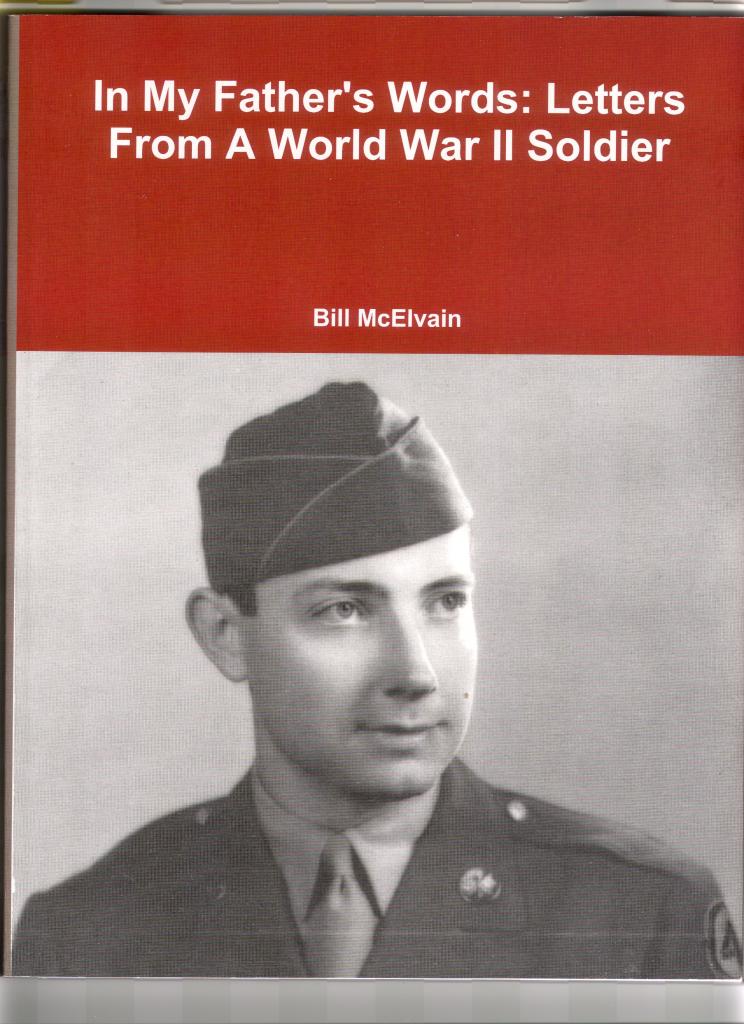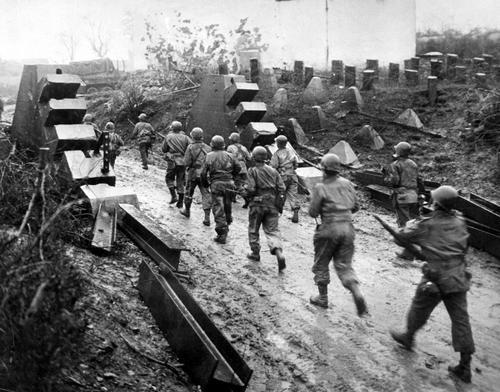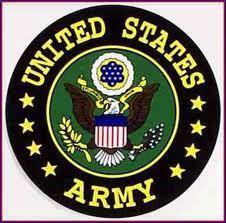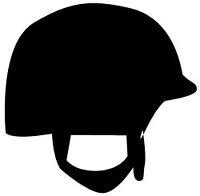Walter McElvain, a graduate of Indiana University, was drafted and inducted into the U. S. Army at Bloomington, Indiana in 1943. In civilian life, he was a newspaperman in Bloomington. He was assigned to the 44th Infantry Division, Signal Company. Before his young life ended, he wrote letters home to his wife and parents. His early letters were from training camps in Washington, Louisiana, and Kansas. His later letters provide eyewitness testimonies of the Allied invasion of France and Germany and their pursuit of the Nazis on the European Front.
Walter disliked the Army and his letters complain about rain, mud, cold, loneliness, and homesickness. He also complained about the lack of freedom as a soldier in the war, especially freedom of speech, freedom of expression, and freedom of movement.
In 1983 Walter's son, Bill, stumbled across a box of hundreds of war letters his father had sent home, along with some newpaper articles and army memorabilia. Years later, Bill selected 139 of the letters to compile into a book. He expanded the information in the letters by adding narratives such as troop movements, battlefield details, and other information the soldier could not divulge because of army censorship. Our history books tell us about battles, wartime strategies, and generals, but seldom do we hear eyewitness testimonies from a soldier on the ground.

This book is not a diary, journal, biography, or memoir. It is a book of letters arranged chronologically with narrative added. It is a story of wartime military life, but written primarily for civilians. The book has plenty of criticism of the Army. Walter wrote of his plans for a big family with a house in the country. All he could think about was when he could get a discharge and return to civilian life. He was a family man who was a victim of circumstances but was trying to make the most of it. Reading some of the letters, the reader cannot help but feel empathy for this soldier. This book is about the hardships and sacrifices made by a typical family during World War II. It is a wartime love story.
The book only contains 176 pages and is easy reading. It mentions the names of the towns and villages the 44th
division visited in France and Germany. The Appendix includes several memos that the Army issued to the soldiers of the 44th Division while they were on the European Front.
Who would like this book: History buffs; veterans, their families, and descendants; teachers; students; researchers; and Hoosiers.
Where can I buy this book?
This book can be purchased from:
or you can contact Bill







